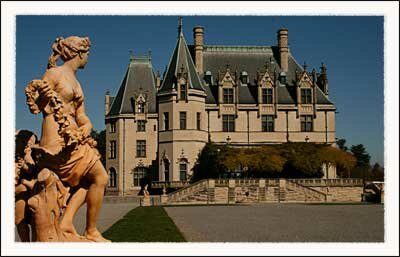Biltmore House in Asheville NC: HistoryOther Biltmore articles:
|
 |
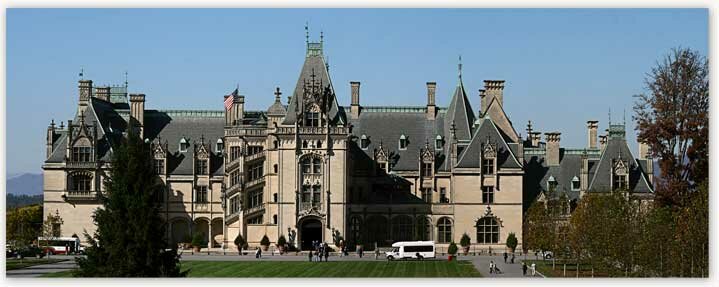
December 2009All photos & illustrations by Pat Johns
|
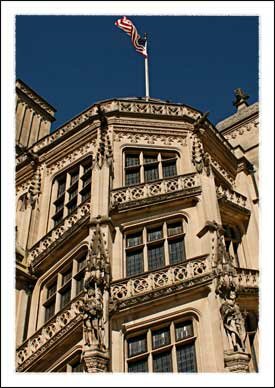
It was named the Gilded Age by Mark Twain, among others, and was a brief period in the late nineteenth century in this country where enormous wealth was accumulated by a few families at the beginning of the American Industrial Age. Families such as the Rockefellers, Mellons and Carnegies used much of their income-tax-free wealth as the basis for philanthropical endowments such as universities, museums, hospitals and libraries. However, the wealthiest family of them all, the Vanderbilts, used their wealth to build lavish homes and acquire luxury furnishings from around the world. Consequently, in the late 1890s and early 1900s, just 2 generations of Vanderbilts spent all of the wealth earned by the first 2 generations of Vanderbilts, "The Commodore" and his son William H. Vanderbilt. |
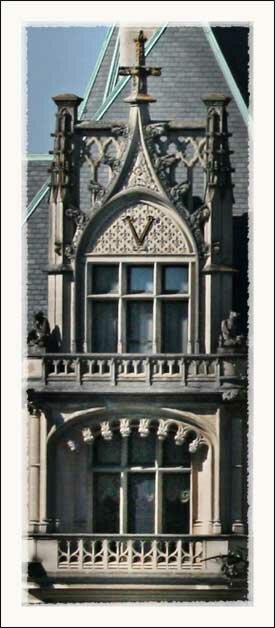
While some Americans were dazzled by the displays of wealth of these families, treating them almost as royalty, by the late 1890s the American public no longer had any desire to see these displays of obscene wealth. Many perceived these families as "robber barons" who used their power at the expense of ordinary citizens. Slowly, throughout the early 1900s these mansions in New York City built by the Vanderbilts and others were torn down and were replaced with new department stores and other commercial enterprises. 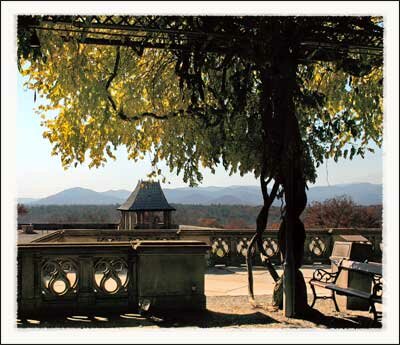
|
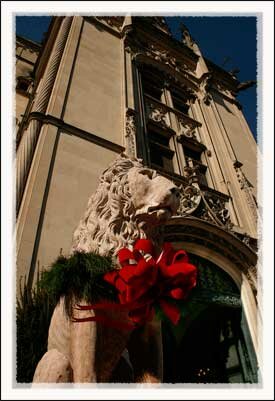
However, many of the spectacular homes of this era outside of New York City remain. Vanderbilt properties such as the Breakers and the Marble House remain and are owned and managed by historical trust organizations. The famous exception to all of the Vanderbilt properties is the Biltmore Estate in Asheville NC. It is still owned by the Vanderbilt family and is self sustaining as a significant tourist attraction in the southeastern United States. 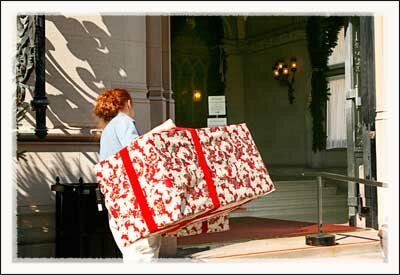
|
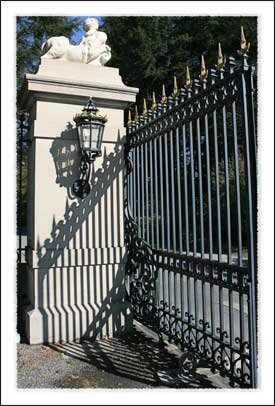
It all started with George W. Vanderbilt, the youngest son of William H. Vanderbilt. William had taken the $100 million accumulated by his father, "The Commodore" and turned it into $200 million in just 8 years. The bulk of his estate was left to George's older brothers, Cornelius and "Willie K.", who continued to run the railroad interests of the family, but George also inherited money and trust funds from both his father and grandfather. 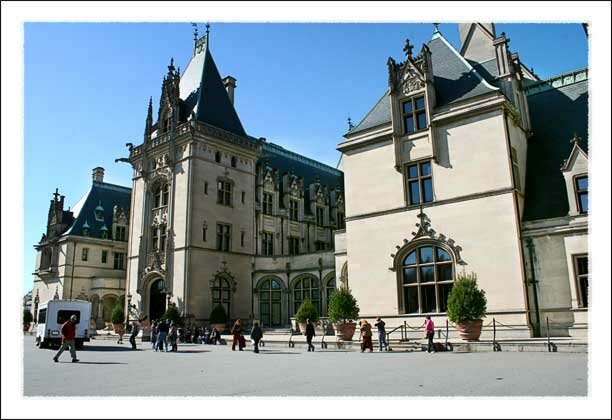
|
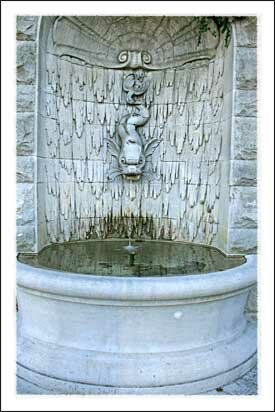
George had little interest in the family business and, instead, was a student of literature and the arts. While visiting the Asheville area with his mother he decided to acquire land in this area which had clean air and beautiful scenery. Thus began the building of what remains today the largest private home in America. 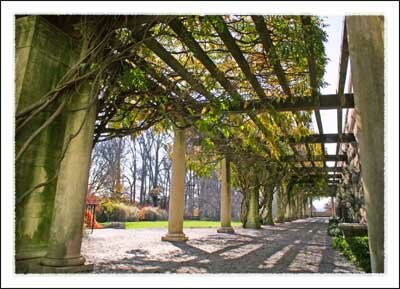
|

The statistics about the estate are staggering, 250 rooms, 65 fireplaces, Renoir paintings, 70 foot ceilings in the banquet hall, tapestries from Henry VIII, Napoleon's chess set, indoor pool and bowling alley but the outstanding feature of the estate is the setting of the house, designed as a large chateau, which cannot be seen until you come up on it after a 3 mile drive. The house and its surroundings appear as George Vanderbilt wanted, a self-contained world of beauty and nature. Continue the story . . .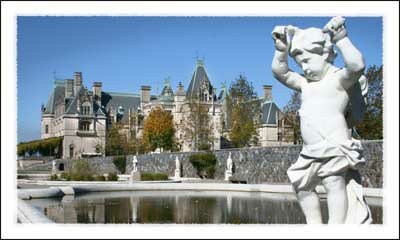
|
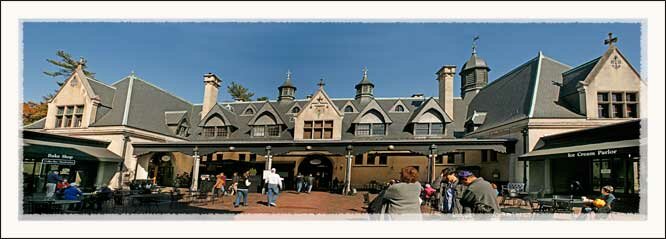 |
Other Biltmore articles:
|
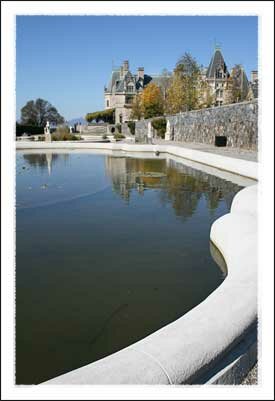
Interesting links related to this article:
Continue the story . . .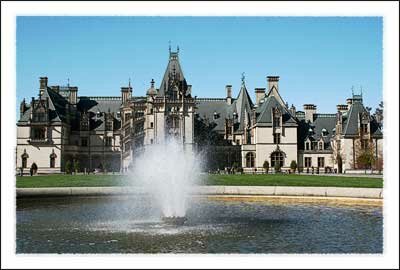
|


